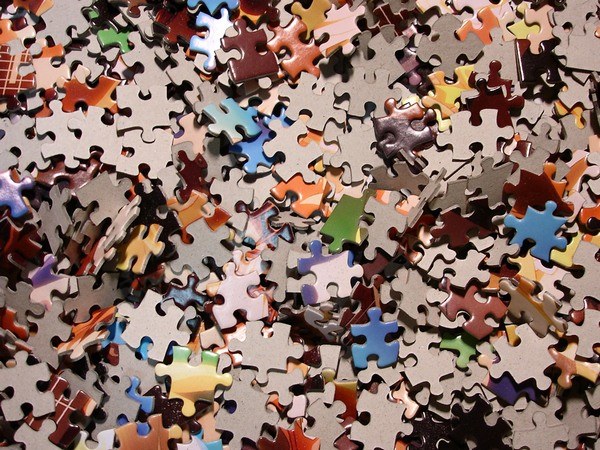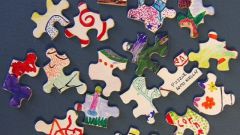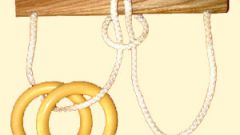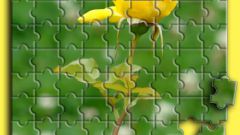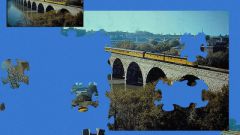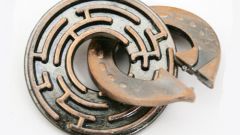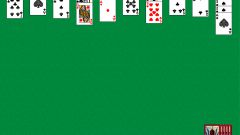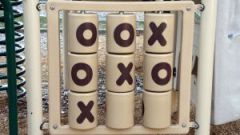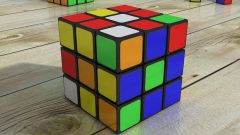The big puzzle
Puzzle – is a puzzle mosaic you need to collect to get a picture. The first puzzles appeared in the XVIII century and became quite popular: they can be collected alone, and great company. In the twentieth century puzzles have been primarily children's educational toys aimed at the training of memory, logic thinking, imagination. Kids jigsaw puzzles adult to collect interesting, but when you do the puzzle is huge, consisting of several hundred or more pieces, the children will be difficult to cope with it, but for adults this is a useful and pleasant pastime.
Puzzles for adults are those which consist of 260 or more elements, and depict a beautiful picture of the sights from different parts of the world or of maps. The largest are a mosaic of 6 thousand items.
How to assemble jigsaw puzzles?
Small jigsaw puzzles for adults to collect just the little details, and the pictures are large, bright and simple contrasting colours. But large puzzles present a lot of difficulties: the elements so much that dazzled and it is difficult to imagine where to start, and many of the details seem similar to each other.
First you need to find a place for the gathering of the puzzle – a large Desk, a floor, a piece of stiff cardboard. Make sure small children or Pets do not have access to them, otherwise assemble the puzzle until the end will fail.
Pour all the details on the surface, but even better in a large, flat box so they are not lost. To begin assembling a large puzzle with the sorting items. First select all the pieces related to the edge of the picture – one can assemble a frame, which will be the beginning of the puzzle. When the "bezel" is ready, you can begin sorting the remaining elements. Scroll on the image a few parts: for example, sky, grass, architecture, water and so on. Lay out all of the details for the selected groups.
Some pieces will be difficult to attribute to any group, they can be put in a separate pile.
Select one part and start to collect it. It is desirable that it was attached to the edge of the puzzle, but you can start from the middle, if there are any visible elements. Easier to leave solid objects then, for example, the sky is usually harvested in late and start with strong, vivid details.
Pieces of the same color have to pick up the form. At first it seems that all the details are the same, but with experience you will notice that they have different size and shape of the grooves and protrusions.
Learn to collect puzzles is possible only through practice. The more time you devote to this lesson, the better and faster it turns out to be a puzzle.
